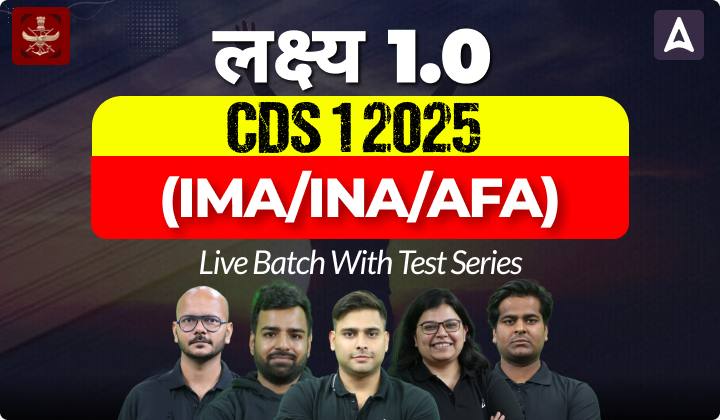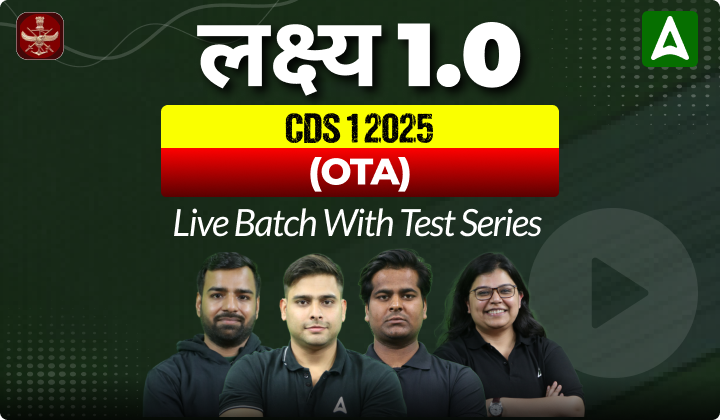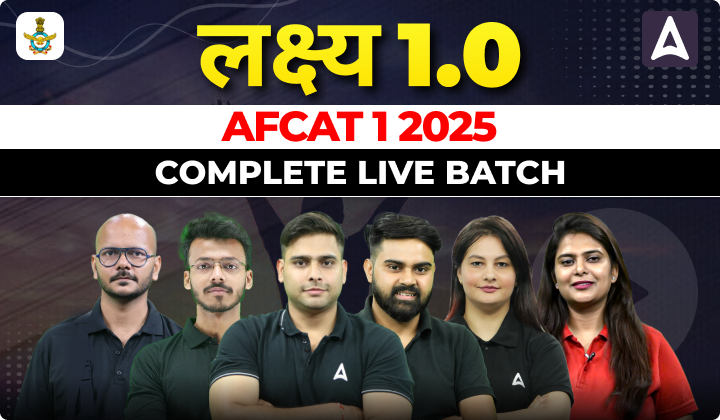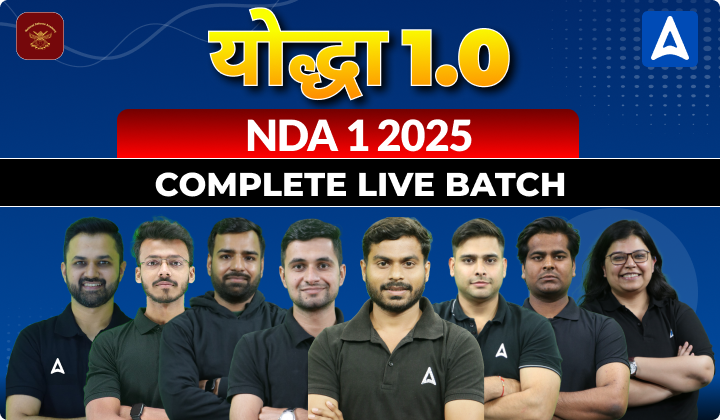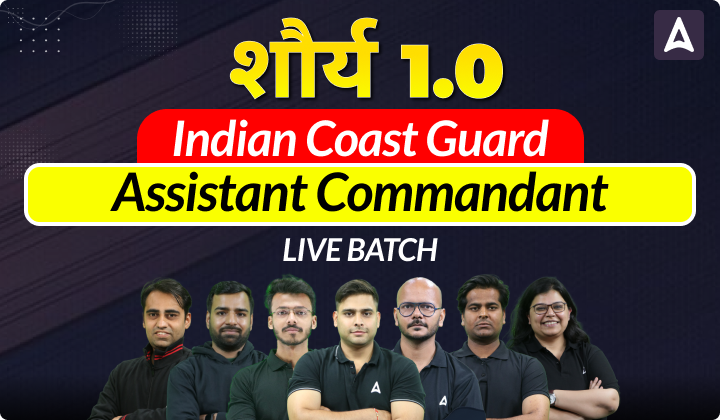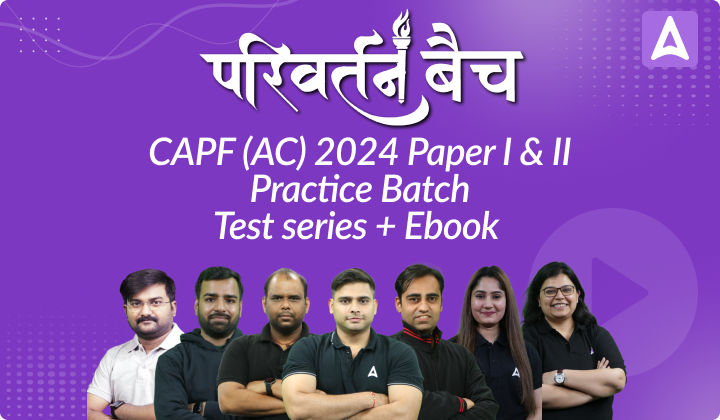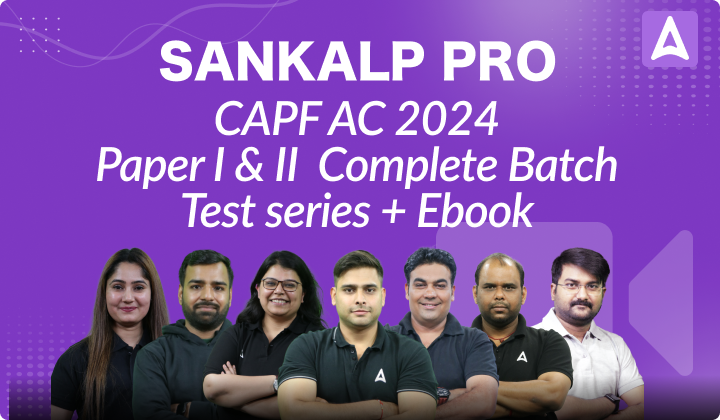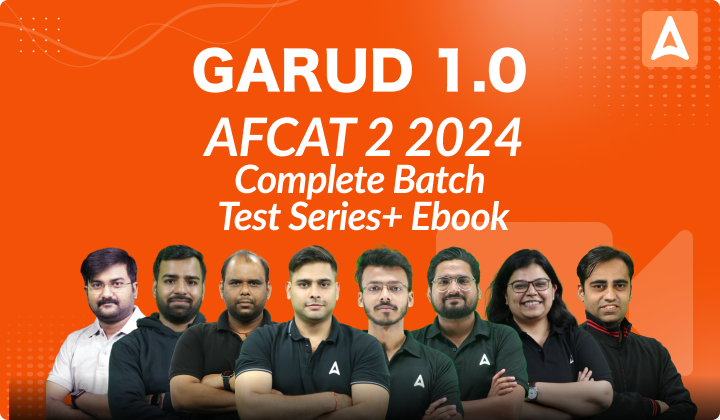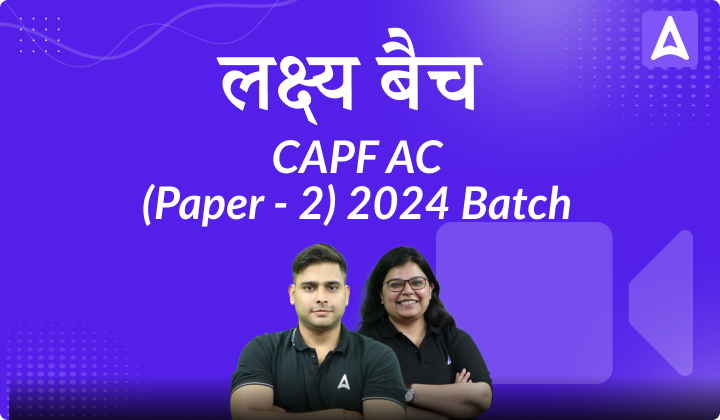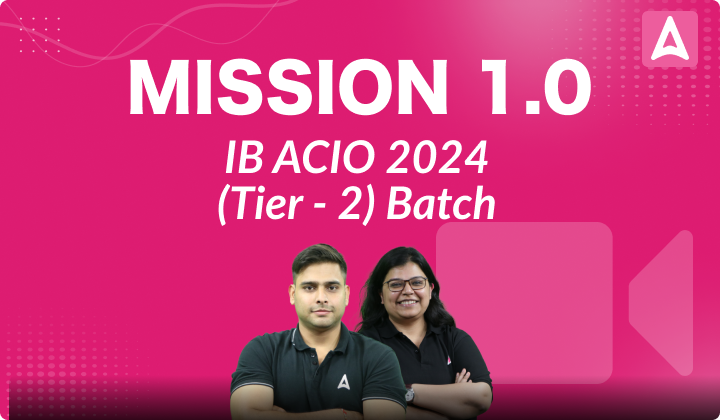India is a land of rich and diverse cultures. Moving from North India to South India and West India to East India, India follows different cultures and languages. Among all Dance is the most prevalent. Dance is a significant part of this cultural expression, with numerous dance forms found across the country.
Folk Dances of India is a trending topic in almost every government exam. Candidates preparing for government jobs should not miss this topic, as 2-3 questions are often directly related to it, making it very important. Folk dances of India is a vast topic as it covers the regional dances of the country. In this article, we discuss the most frequently asked folk dances in recent exams and those predicted to appear in upcoming exams.
Folk Dances of India
State Wise Folk Dances
| State | Folk Dances |
|---|---|
|
Andhra Pradesh |
|
|
Assam |
|
|
Bihar |
|
|
Gujarat |
|
|
Haryana |
|
|
Himachal Pradesh |
|
|
Jammu and Kashmir |
|
|
Karnataka |
|
|
Kerala |
|
|
Maharashtra |
|
|
Odisha |
|
|
West Bengal |
|
| Punjab |
|
|
Rajasthan |
|
|
Tamil Nadu |
|
|
Uttar Pradesh |
|
|
Uttarakhand |
|
|
Goa |
|
|
Madhya Pradesh |
|
|
Chhattisgarh |
|
|
Jharkhand |
|
|
Arunachal Pradesh |
|
|
Manipur |
|
|
Meghalaya |
|
|
Mizoram |
|
|
Nagaland |
|
| Tripura |
|
|
Sikkim |
|
| Ladakh |
|
|
Lakshadweep |
|
Folk Dances are an integral part of the Static GK Syllabus, the list provided incorporates all the dances important from the examination point of view, hope it helps you in better preparation. The only solution to learn them is reading them as much as possible.
Some important Folk Dances In India
Dumhal and Rouff of Jammu and Kashmir
- Dumhal is performed by men of the Wattal tribe of Kashmir to celebrate special occasions.
- It is performed wearing long vibrant-coloured robes, a conical cap studded with beads and shells.
- The group of dancers moves in a procession, ceremoniously carrying a banner which is dug in the ground and the men dance around it in circles.
- Rouff is a much loved customary dance of Kashmir performed by girls.
- It involves simple footwork and is mostly performed on celebrated occasions such as Ramzan and Id.
- Rouff has been an element of Kashmiri life since primaeval times, and it was a welcoming dance performed by women on the onset of spring season.
Bhangra of Punjab
- One of the most popular dances, not just in the state of Punjab, but in the country as a whole. It was performed originally during the harvest season, wearing a traditional Punjabi dress and with instruments including a Dhol, Chimta, Algoza and others.
- It is regarded as a popular music style in the country.
- The dance form has a mix of many steps like dhamaal, jutti, fulka, sialkoti, dankare, jugni, mirzi, fumnian.
- Other folk dance of Punjab like Jhummar and Sammi, are also included in Bhangra.
Raas Leela of Uttar Pradesh
- It is popular in the region of Mathura and Vrindavan of Uttar Pradesh and is associated with the festival of Holi and Janmashtami.
- It is a part of the mythological stories of Lord Krishna where he dances with Radha and sakhis.
- It is regarded as the “dance of the divine love.”
- The Indian classical dance Kathak evolved from Raas Leela of Braj and Manipuri classical dance.
- Raas Leela has been a popular theme in many other classical dance forms.
Garba of Gujarat
- Traditional Garba is performed around a clay lantern known as the Garba Deep or around the statue of Goddess Shakti.
- Symbolically the Garba Deep represents a body within which the divine energy of the Goddess resides.
- The dance is performed in groups to celebrate the nine days Hindu festival of Navratri.
- It is performed in rings and concentric circles representing the cycle of birth and death in Hinduism, leaving only one constant which is the divinity of God symbolized by the idol of the Goddess or the Garba Deep.
Ghoomar of Rajasthan
- Ghoomar was developed by the Bhil tribe and was later adopted by Rajasthani communities.
- The beauty of this folk dance is in the swirling colourful robes of the women as the pirouetting displays the vibrant colors of the flowing ghagra (long heavily embroidered colourful skirt).
Bihu of Assam
- Characterized by brisk steps and rapid hand movements, this is a folk dance performed by both men and women of Assam.
- The musical instruments mostly used in the dance are Dhol (drum), Pepa (horn), Gagana (an instrument made of bamboo).
- Usually, the ladies wear a mustard and red coloured saree while the men are dressed in a dhoti and a headband of red and mustard color.
Lavani of Maharashtra
- Performed on the beats of the instrument Dholki, Lavani is characterized by powerful rhythms.
- It contributes majorly to Marathi folk theatre.
- It is performed by females dressed in a nine-yard-long saree on songs in a quick tempo.
Ghumura of Odisha
- One of the most sought-after dances in Odisha, Ghumura is similar to a tribal dance, because of the dress that is worn while performing it.
- Research suggests that it was regarded as a war dance in ancient India, and was performed by Ravana in the Ramayana.
- Its roots in the Medieval period are confirmed by the fact that this dance is depicted in the Sun Temple, Konark.
- The movements and expressions used in the dance make it a “heroic dance.”
Kathakali of Kerala
- Katha means story and kali means play
- Kathakali is one of the oldest theatre forms in the world.
- Originating more than 1500 years ago, this is a combination of dance, drama, music and ritual.
- Noted for elaborate costumes, attractive make-up done on the characters, detailed gestures and well-defined body movements presented in tunes.
Yakshagana
Yakshagana is a traditional theater form originating from Karnataka, particularly from Gunavante village in Honnavar taluka.
- It’s a lively performance combining music, dance, dialogue, and elaborate costumes, similar to Broadway or opera. Families in villages have passed down this art for generations.
- Yakshagana, rooted in Sanskrit literature, emerged between the 11th and 16th centuries in coastal Karnataka and parts of Kerala.
- It began as a temple tradition and evolved into a full-fledged theatre form, drawing stories from Hindu epics like Ramayana and Mahabharata.
- Yakshagana costumes are vibrant, featuring headgear, chest decorations, shoulder ornaments, and belts made from light wood covered in golden foil, adorned with mirrors and colorful stones.





 CDS Exam Pattern 2025, OTA, IMA, INA and...
CDS Exam Pattern 2025, OTA, IMA, INA and...
 Indian Coast Guard Navik Selection Proce...
Indian Coast Guard Navik Selection Proce...
 AFCAT Females Eligibility Criteria, Know...
AFCAT Females Eligibility Criteria, Know...

